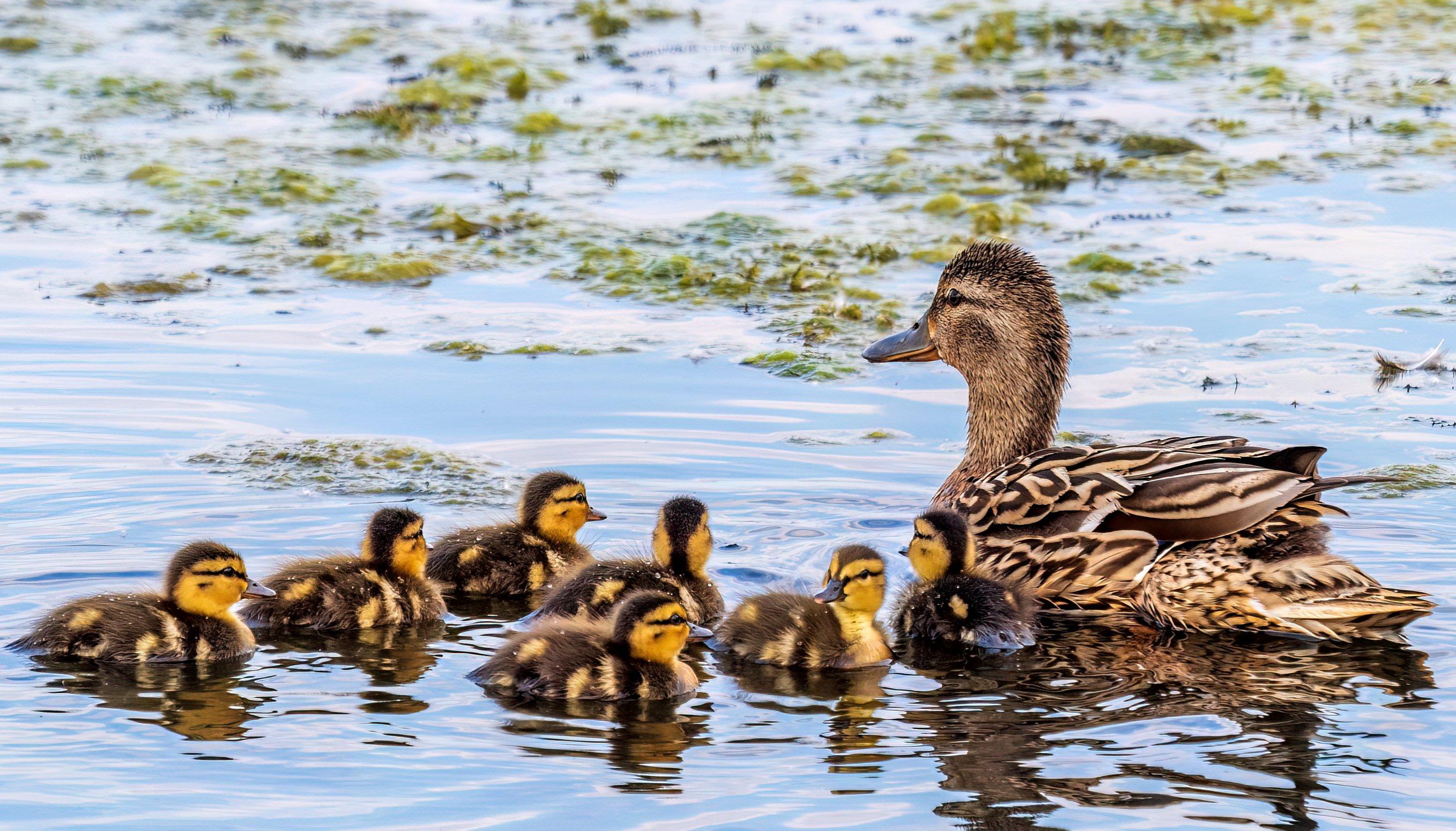Biologists warn that secure nesting cover is declining in the prairies, and May counts may not be reflective of the fall flight

Severe declines of grassland nesting cover have biologists worried about duck production in the Dakotas.
Duck and goose seasons are still weeks away, but a lot has been happening in the waterfowl world. Here’s the latest summer news.
HPAI Decreases
Bird mortality from highly pathogenic avian influenza has declined substantially in 2023, and although officials acknowledge that the worst might be finished, they cautioned that danger remains.
During the past six months, more than 500 wild-bird deaths have been attributed to HPAI in the United States, according to Centers for Disease Control and Prevention data. That contrasts sharply to the scene a year ago, when thousands of cases were being reported. Since January 1, 2022, the U.S. Department of Agriculture has detected HPAI in 7,144 wild birds in 1,027 counties. (That’s believed to represent only a fraction of actual cases, as it’s difficult to sample wild birds.)
Cases are also down in domestic birds. A news release from the USDA’s Animal and Plant Health Inspection Services said HPAI hasn’t been detected in commercial poultry since April or backyard poultry since May.
However, authorities aren’t letting their guard down yet.
“HPAI is still prevalent in many parts of the world, and in wild bird populations, and the threat remains high,” the APHIS news release said.
The recent avian influenza outbreak is considered the worst in United States history. The disease, caused by a virus, swept through North American bird populations during Spring 2022, and more than 58 million birds in 47 states died from infection or been culled because of possible exposure. This strain of avian influenza, believed to have been brought to the United States by migratory birds, appears to be especially devastating on wild birds, including waterfowl. Biologists say it poses little risk to humans. Still, it prompted a brief ban on the importation of game-bird carcasses from Canada in September 2022.
Don’t Miss: Your Duck Dog is a Stubborn Monster. Here’s How to Train Him
North Dakota Ducks Up, But …
The North Dakota Game and Fish Department’s May 2023 spring breeding duck survey showed more than 3.4 million birds, up about 1.5% from 2022. That was the 23rd highest index on record and was about 39% higher than the long-term (1948 through 2022) average. And although the total number of total wetlands was down 26% from 2022, it remained about 76% above the long-term average.
Still, officials say those numbers might actually reveal a problem: Waterfowl resources continue to decline in North Dakota, a major production state, because of diminished reproductive potential being limited by secure nesting cover.
“As with all May waterfowl surveys, we are counting what remains of last year’s fall flight,” Mike Szymanski, migratory game bird supervisor with NDGFD, said in an agency press release. “After a modest production year last year, duck numbers were flat relative to responses that are more typical with abundant water on the landscape. Moreover, a large decrease in the number of ducks observed in areas with good wetland conditions (the Drift Prairie) is emblematic of a broader population that has declined overall. Such observations may be more typical as prospects for large fall flights decline from those of the 1994 to 2016 time period.”
Szymanski said North Dakota’s breeding duck numbers typically trend with wetland conditions. However, because of reduced nesting cover, production will likely suffer when compared to previous years.
“After a nominal increase, the overall number of ducks is still above the 75-year average but 15% below the 1994 through 2016 average,” he said. “Breeding duck indices above 4 million in the state will be unlikely, even during the wettest years, unless our upland nesting habitats improve. The Dakotas will no longer be able to consistently buoy mid-continent duck populations without large numbers of acres of secure nesting cover on the landscape in the form of perennial grasses provided by programs like CRP.”
CRP acres in North Dakota peaked about 15 years ago at almost 3.4 million acres, according to NDGFD. Currently, about 1.1 million acres are enrolled in the program, and the availability of critical nesting habitat has decreased significantly by comparison.
Don’t Miss: USFWS Closes Popular Missouri Refuge to Duck Hunting
“We’ve lost about 2.25 million acres of CRP in North Dakota since 2007, plus a bunch more grass that was made up of native habitat and other odd areas,” Szymanski said. “We didn’t lose it all at once, and the population didn’t decline all at once. So the population has slowly been going down, with 2016 really marking the end of that fantastic era of super-abundant ducks, as the result of abundant perennial nesting cover, abundant water, and hardly any red fox.”
Of course, duck hunters wonder if the disturbing trend can be reversed. Szymanski said it doesn’t look rosy.
“There is no simple answer, except that the simple answer is tough to accomplish,” he said. “We need more secure upland nesting habitat for ground-nesting birds if we’re going to have an abundant resource for duck hunters in North Dakota and elsewhere in the Central and Mississippi flyways. The Dakotas have been carrying mid-continent duck populations for over 20 years. Without the nesting habitat that we’ve had, I don’t know where we’re going to end up, but I wouldn’t expect good things to come.”










